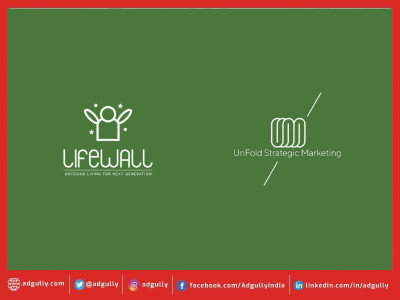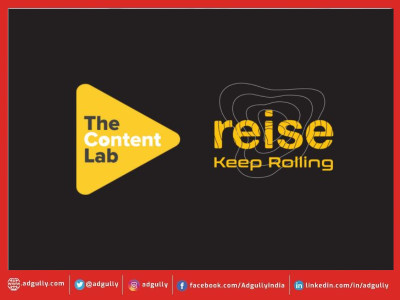Agile Marketing: Enabling a new start for B2B marketers
By fine-tuning the agile marketing strategy, an organisation will have the means to work with self-accountable teams that work with rapid iterations in order to ensure that they anticipate and stay ahead of the curve, writes Debal Dutt, Executive Vice President & Chief Marketing Officer, Intellect Design Arena.
Over the last two years, the pandemic has pushed B2B marketers to leverage technology in the most innovative ways possible as most face-to-face interactions continue to become a thing of the past. According to a recent research report by McKinsey, more than three-quarters of buyers and sellers say they now prefer digital self-serve and remote human engagement over face-to-face interactions – a sentiment that has steadily intensified even after lockdowns have ended. In the world of B2B marketing, it has become extremely common for buyers to solely rely on the virtual world for a rich array of information when it comes to purchasing decisions.
It is a known fact that purchase decisions in a B2B setting will have several stakeholders involved, which means that B2B marketing needs to not just convince people who are searching for the information, but it should also appeal to every stakeholder who has the power to sway the final purchasing decision.
The fact (and the notion) of B2B purchase decisions being long-tail, especially when it comes to technology, is being challenged – by not the banks & financial institutions – but their customers. While B2B marketing has always been about focusing on the needs of the business, in today’s rapidly changing landscape, businesses are prone to shifting their priorities in ungodly speeds. B2B marketers cannot afford to play catch up as the needs of the businesses continue to evolve in unprecedented ways.
Marketing leaders around the world have been trying to adapt to ever-changing priorities that are better aligned with the new challenges in order to stay ahead of the curve. One of the key insights that have emerged from Forrester’s Planning Assumptions 2022 report is that B2B CMOs and marketing executives must unlock the doors of cross-functional alignment.
Agile marketing relies heavily on the concept of cross-functional alignment for it emphasises effectiveness through self-organising, cross-functional teams that work with fast-paced iterations. It calls for the consistent use of data and analytics in order to seek promising challenges and convert them into opportunities that add immense value to the customer.
An agile marketing construct is based on these four core principles:
- Cultivate an agile mindset - Agile mindset is a set of principles that support an agile working environment. To put it simply, the values of respect, collaboration, accountability, adaptability, and humility set the stage for nurturing and sustaining an agile mindset. These values enable the conversion of failures into learning, thus building a solution-oriented mindset within the team.
- Customer centricity is key - The age-old wisdom of keeping the customer at the center still holds good. He needs to be engaged through the purchase cycle – and – thereby increasing the lifetime value. Remaining customer-focused demands clear and consistent communication between the marketing and product marketing departments, developers, designers, sales, and product management. Instead of adding more features to a product or complicating the product by innovating aimlessly, the question teams should look to answer – “how does my product make my customer’s life easier?”
- Bring the oximeter into our DNA, monitor, optimise and monitor - Agile marketing rests disproportionately on the core principle of staying nimble. The true success of agile marketing lies in rapid iterations; once a team executes the campaign, it must be on the lookout for pain points, then redirect all the energy on fixing the same. By continuing this cycle, teams can always stay in tune with the evolving customer needs. With transient customer attention, it is imperative to focus on the ball.
- Lead with data analytics - Data is synonymous with agile marketing. Right from quantifying the anticipated benefit, prioritising the project outcome, developing and launching the project to measuring the results, data is key. Data enables the acquisition of learnings and opportunities for optimisation which are then fed back into the next cycle of projects.
Agile marketing can be made even more effective by integrating it with the three laws of design thinking: prioritisation, reduction of complexity, and power of differentiation. These three principles help to truly understand, simplify and empathise with the needs of the customers. By fine-tuning the agile marketing strategy, an organisation will have the means to work with self-accountable teams that work with rapid iterations in order to ensure that they anticipate and stay ahead of the curve.
DISCLAIMER: The views expressed are solely of the author and Adgully.com does not necessarily subscribe to it.


















Share
Facebook
YouTube
Tweet
Twitter
LinkedIn